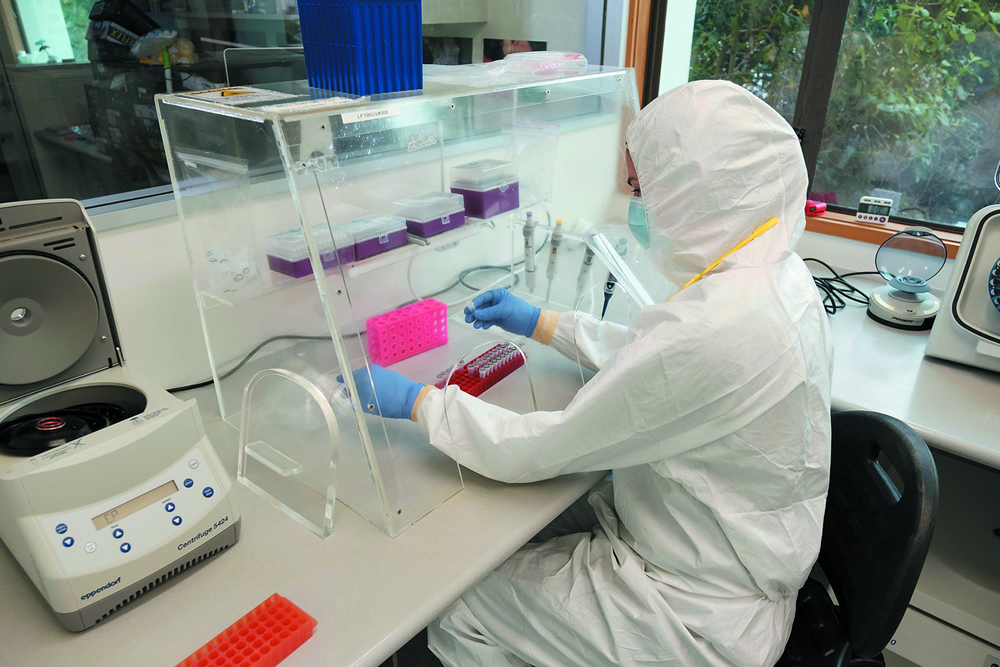National collections – not just a nice-to-have
The importance of Manaaki Whenua’s nationally significant collections of biota came into sharp focus this year when we worked with DoC, Auckland Zoo, and others on the challenging recent deaths of kākāpō chicks. The chicks had the respiratory disease aspergillosis, caused by different species of the mould fungus Aspergillus.

In addition to our mycologists’ knowledge of these fungi, our culture collection holds many isolates of Aspergillus that may assist with understanding why aspergillosis is now a significant problem in kākāpō survival. Our researchers visited vets at Auckland Zoo to view affected kākāpō and to receive samples for analysis, and are involved in genomics work associated with the causal species.
Routine maintenance of the International Collection of Microorganisms from Plants (ICMP) has also led to the discovery of a new fungus record for New Zealand. This fungus, identified by DNA sequencing, is Sarocledium terricola. The ICMP contains over 20,000 strains of fungi and bacteria. The routine DNA sequencing of existing ICMP cultures is likely to continue to provide novel and unexpected data on New Zealand’s fungal diversity.
As example of our painstaking classification work, this year also saw the publication of the second and third volumes of a flora of New Zealand’s liverworts – the culmination of over 30 years’ work by Manaaki Whenua’s David Glenny that required the collection and classification of over 14,000 specimens. In New Zealand we have the richest liverwort flora in the world for the size of our country, and it is quite different from other places. Currently, 653 species of liverworts and hornworts are known from New Zealand (including Heteroscyphus cuneistipulus) and their national and international importance have only recently begun to be understood. They help intercept rainfall in native forests, decreasing rainfall run-off and helping stabilise our soils. The chemical make-up of some liverworts may have important biological activities (for example, anti-bacterial or anti-microbial properties), which merit further research.
